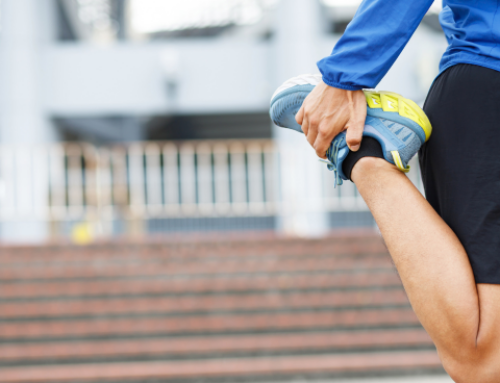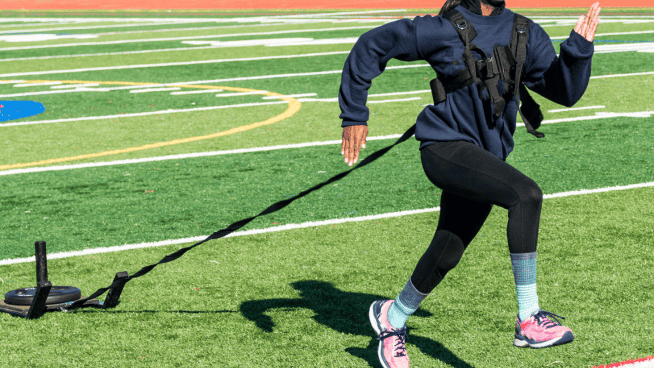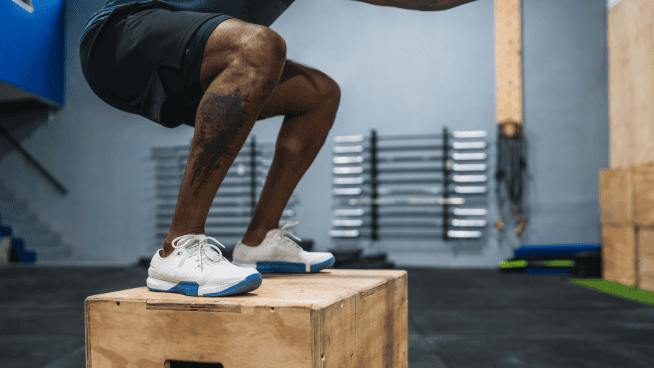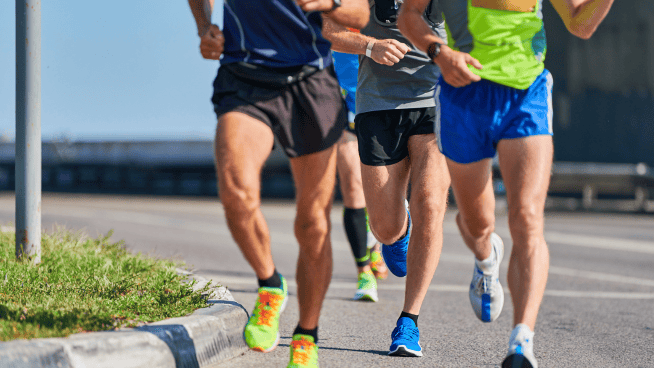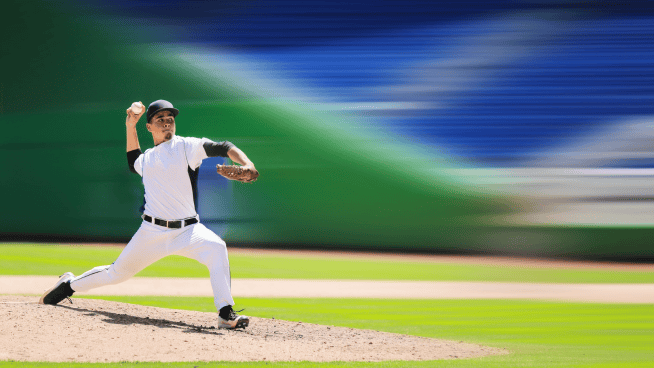Skateboarding has emerged into the mainstream in recent years. For decades, the sport was seen as a fringe activity or a teenage subculture group. Skateboarding has steadily grown in popularity and has its legion of superstars such as Tony Hawk. The sport even made its Olympic debut at the 2021 games in Tokyo.
It’s a relatively new sport created in California during the 1950s. Surfers were looking for something to do when the waves were low, which would mimic the thrill and balance. They created a surfboard on wheels. The 90s saw a surge in popularity as skateboarding became part of the hip hop and punk cultures. Today, skateboarding is popular worldwide, but can still strike fear in the hearts of parents and participants.
Skateboarding athletes can begin as young as six (with supervision and safety gear). The sport can be learned and enjoyed by anyone at any age. Teenagers and adults who embrace the sport often begin building their custom boards. This activity can be a bonding moment for parents and young skateboard athletes. Falling is a given part of skateboarding. Like every other sport, there are some inherent risks for injury. There are a few things to keep in mind for those looking to begin skateboarding: proper gear and practice.
While you may not be ready to perform your first Ollie, a budding skateboard athlete will want to invest in some basic equipment:
- A skateboard
- A proper fitting helmet
- Knee and elbow pads
- Skate shoes (large, flat bottom)
Once you have the gear, it’s time to get on the board with no fear! Seriously, the following are some essential tips and tricks for those just starting out on the skateboard.
Get Comfortable With Your Skateboard
Start by setting the board on grass or thicker carpet. Step up on the board and get a feel for your balance in this safe position. From here, work on jumping onto the board and holding your balance while it’s placed on grass or carpet. You can also experiment with which stance is most comfortable for you in this safe position: right foot forward or left foot forward.
Once you’ve mastered the above, take your skateboard out to an area with level concrete and not a lot of obstacles or distractions, such as an empty parking lot. Get on the board and align your front toes over the front truck. And with the rear foot, begin to push off. Push off slowly and continue until you are at a comfortable cruising speed. Place your rear foot on the board and roll. Resume pushing when you need to increase speed.
You’re Rolling, But How Do You Stop?
For beginners, there are three basic options: foot breaking by taking your rear foot off the board and dragging it along the ground; heel drag by placing the heel of your back foot off of the back of your skateboard and carefully leaning back so that the front of your board comes up into the air. Your heel should drag a short distance and stop the board, and if all else fails bail off the board.
Time To Turn
You’ve mastered going forward in a straight line and safe stopping. Now it’s time to carve or turn the direction of the board. To do this, as the board is rolling. lean in the direction that you want to go. To turn inwards (frontside), push forward with your toes and your upper body; to turn outwards (backside), lean back on your heels and tilt backward slightly. If you’re struggling, stick your front arm out and point in the direction that you want to go.
Kickturns
Next are kickturns. This is a way to turn the board much faster and to avoid colliding with an obstacle. To begin practicing this maneuver, return your board to the grass or carpet. Place your back foot on the tail of the board and shift your weight onto it so that the nose pops upwards. Next, lean forwards onto your front foot so that the board slams back down on the ground. Once you’ve got the hang of this, try turning the board to the right or left while it’s popped up and your weight is on your back foot, by once again shifting your weight either forwards or backward, depending on which way you want to go.
Get Comfortable Falling
Face your fears head-on, but safely. If you’re going to skateboard, you’re going to fall. You will have a rough tumble here or there, but continue to wear the protective equipment to keep you safe. The key is not to let the fear of falling deter you. If you fall, get up and back on the board. The longer you wait, the more anxiety you’ll have and the chances of you continuing in the sport are less and less. The more you practice and fine-tune your skills and balance, the fewer spills along the way.
Practice and safety are key when it comes to learning how to skateboard. And depending on where you live, you may be able to visit a skate park and watch others, as well as socialize. Many more advanced skateboarding athletes would be more than happy to offer some tips, tricks, and motivation. But most of all, have fun with your new sport. Who knows you may be on the Olympic podium one day.
RECOMMENDED FOR YOU
MOST POPULAR
Skateboarding has emerged into the mainstream in recent years. For decades, the sport was seen as a fringe activity or a teenage subculture group. Skateboarding has steadily grown in popularity and has its legion of superstars such as Tony Hawk. The sport even made its Olympic debut at the 2021 games in Tokyo.
It’s a relatively new sport created in California during the 1950s. Surfers were looking for something to do when the waves were low, which would mimic the thrill and balance. They created a surfboard on wheels. The 90s saw a surge in popularity as skateboarding became part of the hip hop and punk cultures. Today, skateboarding is popular worldwide, but can still strike fear in the hearts of parents and participants.
Skateboarding athletes can begin as young as six (with supervision and safety gear). The sport can be learned and enjoyed by anyone at any age. Teenagers and adults who embrace the sport often begin building their custom boards. This activity can be a bonding moment for parents and young skateboard athletes. Falling is a given part of skateboarding. Like every other sport, there are some inherent risks for injury. There are a few things to keep in mind for those looking to begin skateboarding: proper gear and practice.
While you may not be ready to perform your first Ollie, a budding skateboard athlete will want to invest in some basic equipment:
- A skateboard
- A proper fitting helmet
- Knee and elbow pads
- Skate shoes (large, flat bottom)
Once you have the gear, it’s time to get on the board with no fear! Seriously, the following are some essential tips and tricks for those just starting out on the skateboard.
Get Comfortable With Your Skateboard
Start by setting the board on grass or thicker carpet. Step up on the board and get a feel for your balance in this safe position. From here, work on jumping onto the board and holding your balance while it’s placed on grass or carpet. You can also experiment with which stance is most comfortable for you in this safe position: right foot forward or left foot forward.
Once you’ve mastered the above, take your skateboard out to an area with level concrete and not a lot of obstacles or distractions, such as an empty parking lot. Get on the board and align your front toes over the front truck. And with the rear foot, begin to push off. Push off slowly and continue until you are at a comfortable cruising speed. Place your rear foot on the board and roll. Resume pushing when you need to increase speed.
You’re Rolling, But How Do You Stop?
For beginners, there are three basic options: foot breaking by taking your rear foot off the board and dragging it along the ground; heel drag by placing the heel of your back foot off of the back of your skateboard and carefully leaning back so that the front of your board comes up into the air. Your heel should drag a short distance and stop the board, and if all else fails bail off the board.
Time To Turn
You’ve mastered going forward in a straight line and safe stopping. Now it’s time to carve or turn the direction of the board. To do this, as the board is rolling. lean in the direction that you want to go. To turn inwards (frontside), push forward with your toes and your upper body; to turn outwards (backside), lean back on your heels and tilt backward slightly. If you’re struggling, stick your front arm out and point in the direction that you want to go.
Kickturns
Next are kickturns. This is a way to turn the board much faster and to avoid colliding with an obstacle. To begin practicing this maneuver, return your board to the grass or carpet. Place your back foot on the tail of the board and shift your weight onto it so that the nose pops upwards. Next, lean forwards onto your front foot so that the board slams back down on the ground. Once you’ve got the hang of this, try turning the board to the right or left while it’s popped up and your weight is on your back foot, by once again shifting your weight either forwards or backward, depending on which way you want to go.
Get Comfortable Falling
Face your fears head-on, but safely. If you’re going to skateboard, you’re going to fall. You will have a rough tumble here or there, but continue to wear the protective equipment to keep you safe. The key is not to let the fear of falling deter you. If you fall, get up and back on the board. The longer you wait, the more anxiety you’ll have and the chances of you continuing in the sport are less and less. The more you practice and fine-tune your skills and balance, the fewer spills along the way.
Practice and safety are key when it comes to learning how to skateboard. And depending on where you live, you may be able to visit a skate park and watch others, as well as socialize. Many more advanced skateboarding athletes would be more than happy to offer some tips, tricks, and motivation. But most of all, have fun with your new sport. Who knows you may be on the Olympic podium one day.




